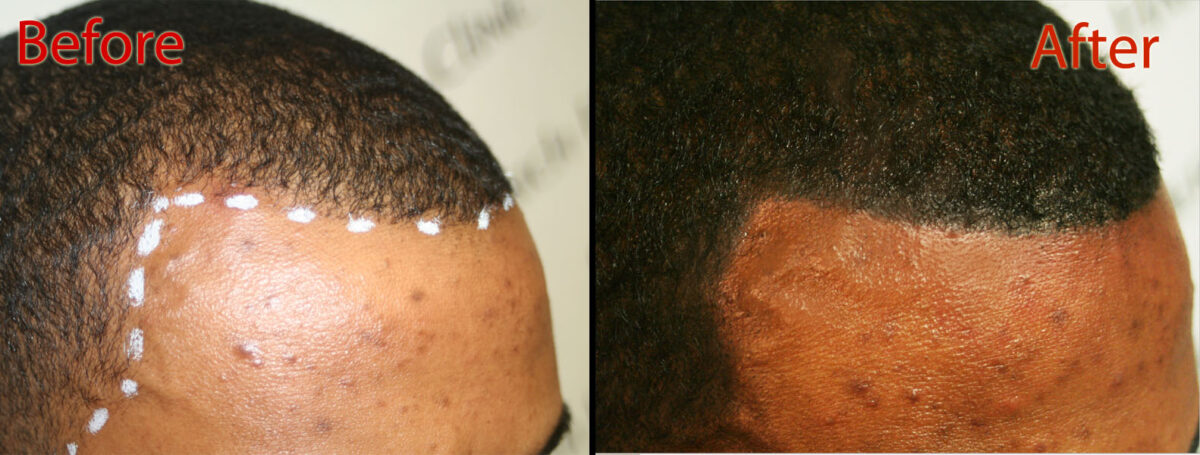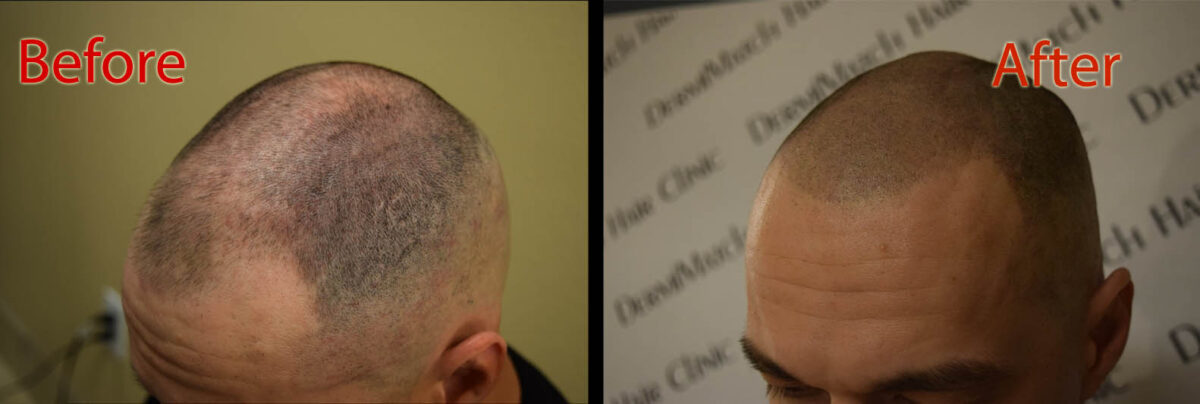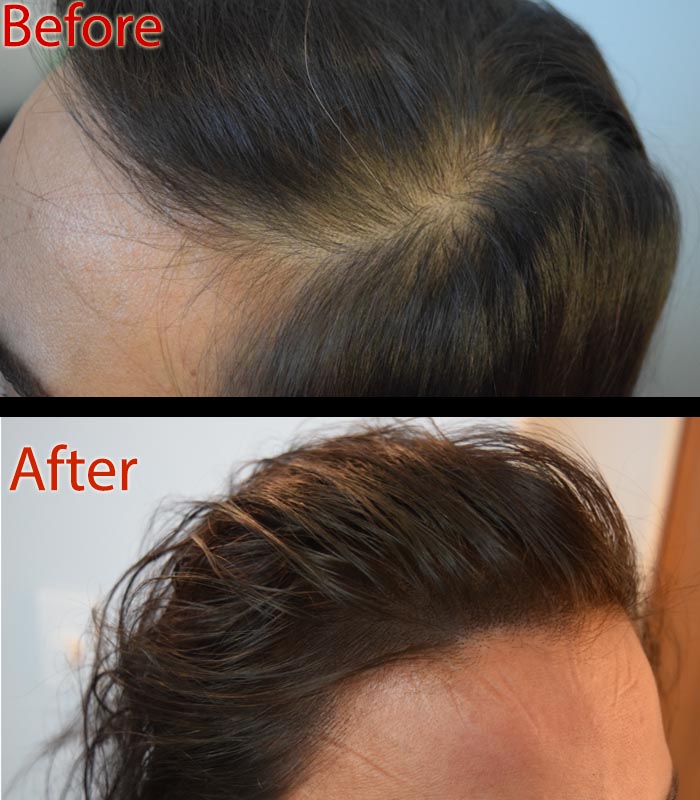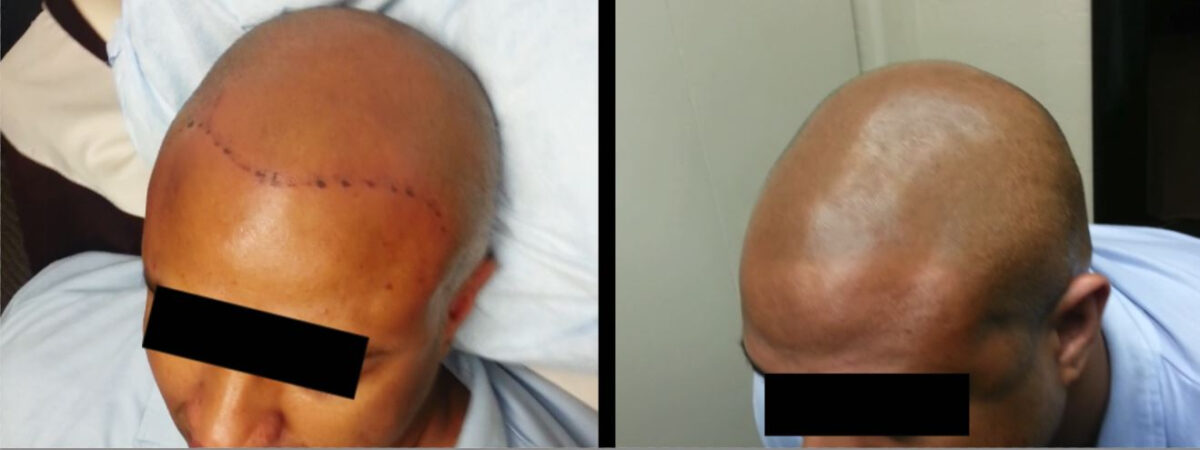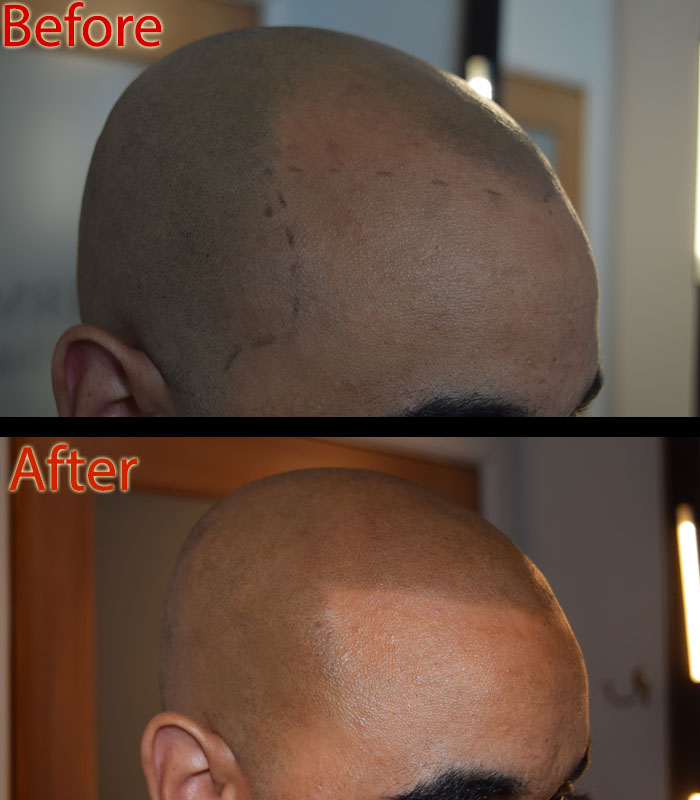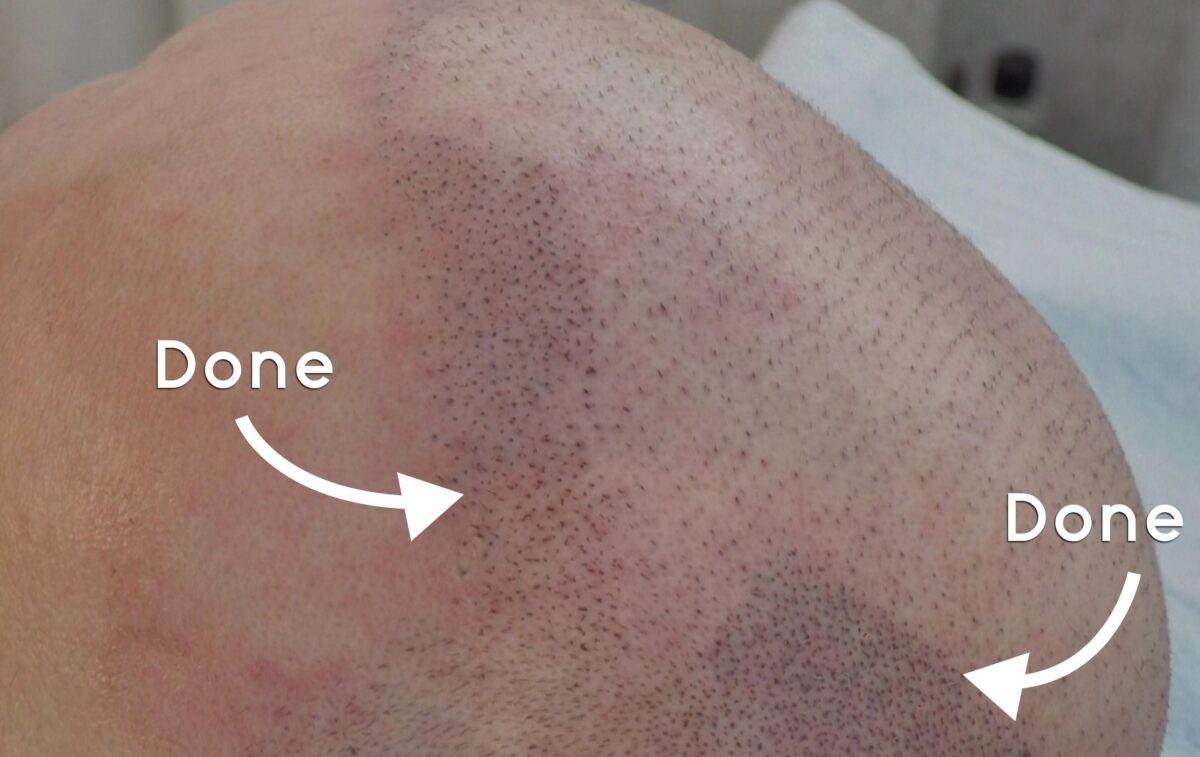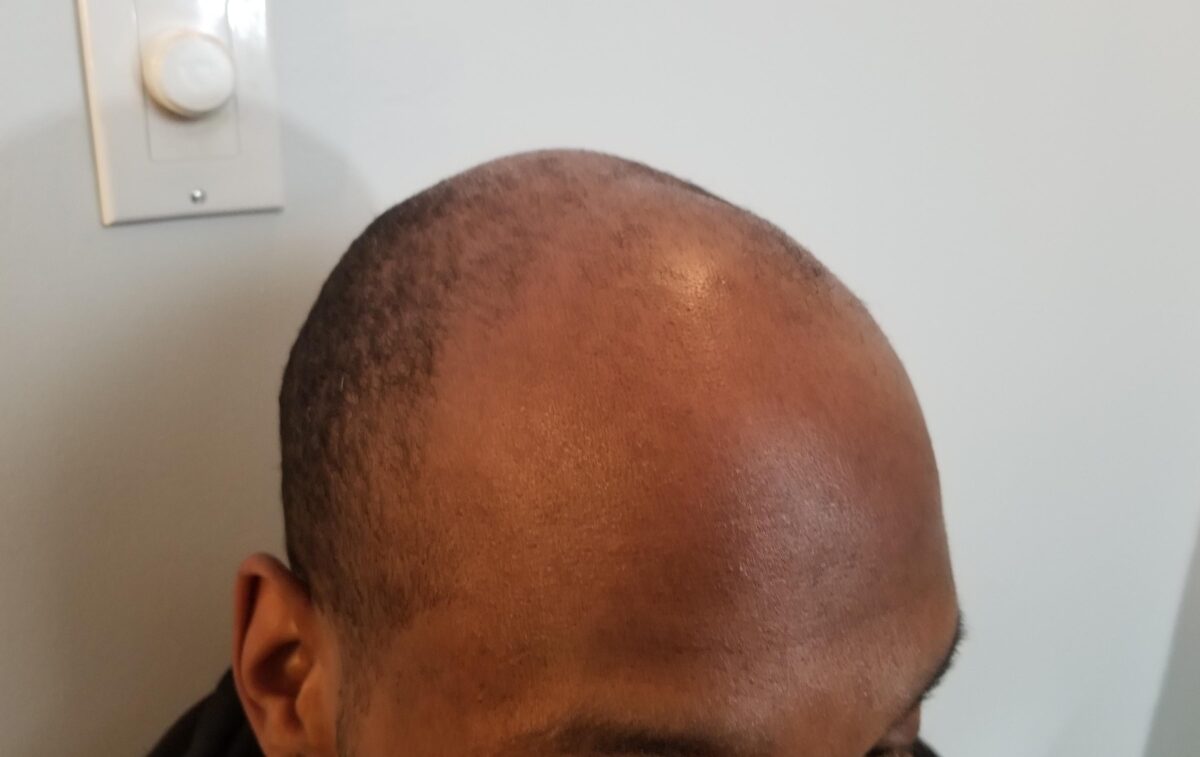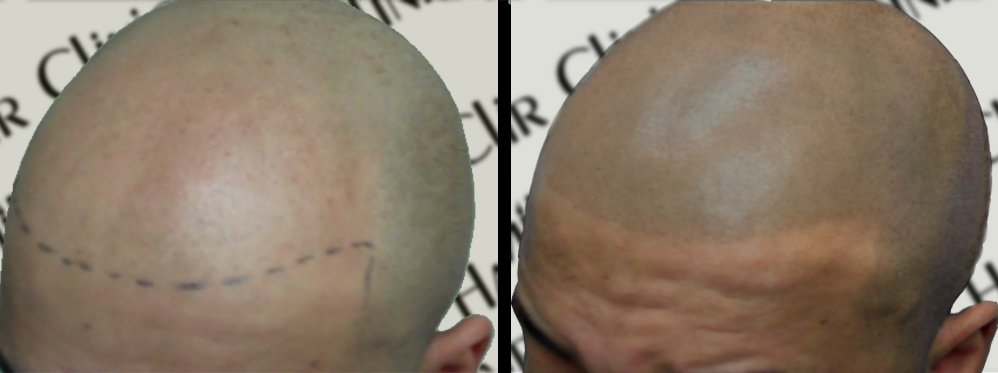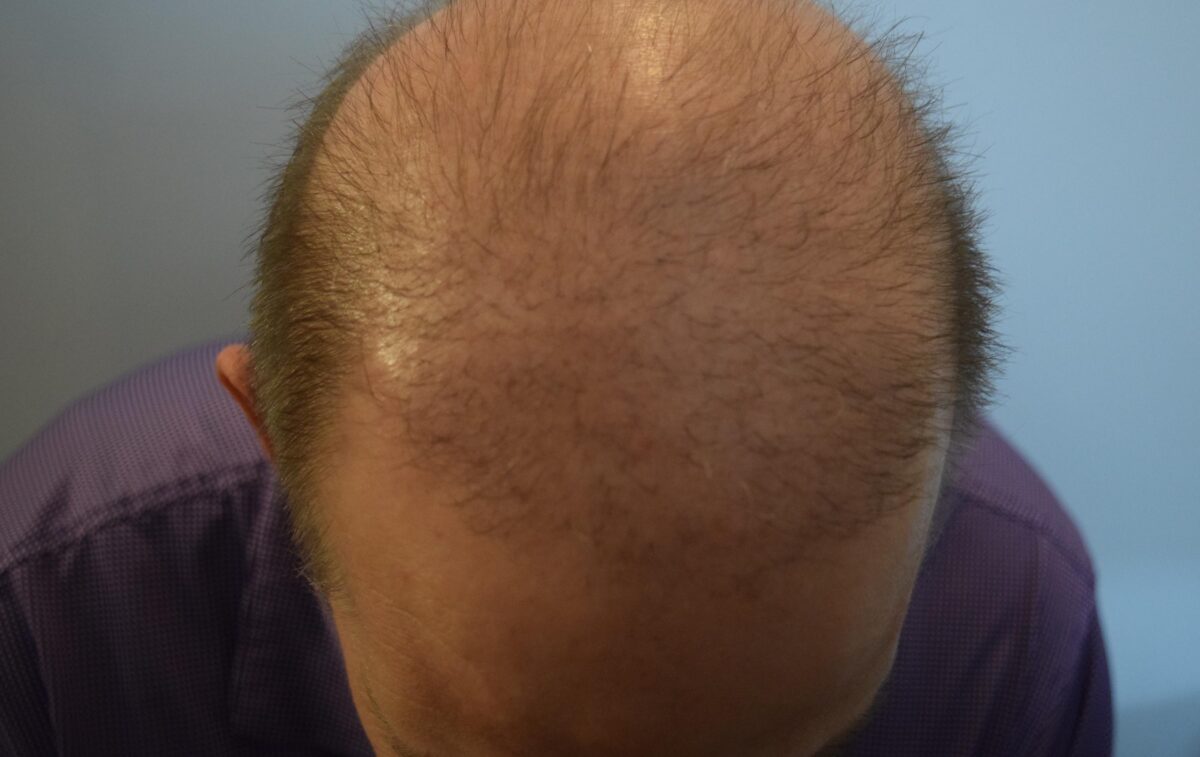You love thick hair. No doubt, hair loss has become one of the major concerns for this generation. And you shouldn’t bother about thinning hair? After all, hair defines your personality. Some of you might even believe that hair can make or mar your personality. Thinning might be the result of weather, aging, auto-immune disorder, genetics, hormonal imbalance, medical condition, and unbalanced diet, among others. During these times, you don’t want to use any chemical treatments to combat hair loss. Luckily, nature has some really powerful resources to thicken hair and get shiny, thick, and bouncy hair that you can boast of.
Tips To Get Thick Hair Naturally
Massage
Massaging the roots nourishes and strengthens them. Regular massage opens up pores and improves blood and oxygen circulation to the scalp. Besides, massaging is a great way to increase the blood flow through capillaries and make hair healthy.
Coconut oil, almond oil, castor oil, and extra virgin olive oil are all good for hair. You may add flaxseed oil to the list of massage oils for hair growth.
Add a hair mask to your thick hair care regime
To give some extra nourishment to your hair, you may use a natural hair mask made with banana, egg, and honey. Even avocados and aloe vera make a great hair mask, which can nourish your scalp with proteins and vitamins. With regular application, you may start to see the change, though it won’t happen overnight.
Combine your hair care regime with a hair serum
There are a few natural ingredients that boost hair growth. Onion is undoubtedly one. Garlic is another. In fact, your kitchen has numerous such hair care ingredients. Liquorice, rosemary, lavender, fenugreek, hibiscus, nigella seeds, etc. are great herbs for hair growth. If you wish to grow thick hair naturally, adding these herbs to your hair care regime is a step in the right direction.
Take biotin supplement
Now you want to supplement your diet with biotin, which is a B-complex vitamin that helps with dry skin, brittle nails, and hair loss. Research demonstrates a connection between biotin deficiency and hair loss. The same goes for iron. By supplementing your dietary regime with iron, you can boost hair health.
Is there a pill for thinning hair?
An increasing number of people take to Finasteride pills to slow down the rate of hair loss. Some claim that the medication helps stimulate hair growth. How does it work? It is believed to inhibit the production of a hormone that is known to destroy follicles. Though it is thought to work, it takes time to show effects. Additionally, as soon as you discontinue the medication, hair fall restarts. Besides, there are several side effects that you may want to avoid.
What is the best remedy for thinning hair?
Scalp micropigmentation offers hope to people with thinning hair. It is a permanent hair restoration solution, which is non-invasive and painless. SMP for thick hair is becoming the first choice for people with hair loss, alopecia, thinning hair, and receding hairline.
The best Arizona SMP professionals can deliver the best results for client with thinning hair. Top scalp technicians in Arizona are available for a consultation at DermiMatch Clinic.

